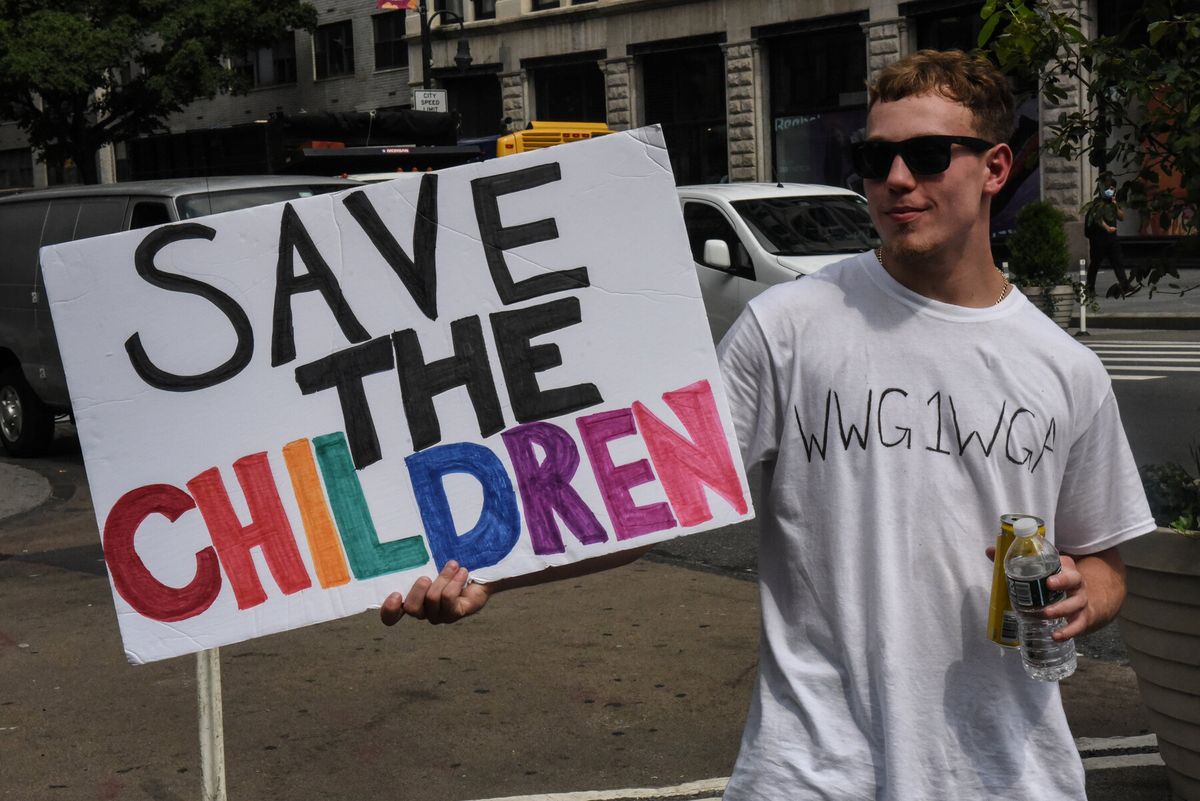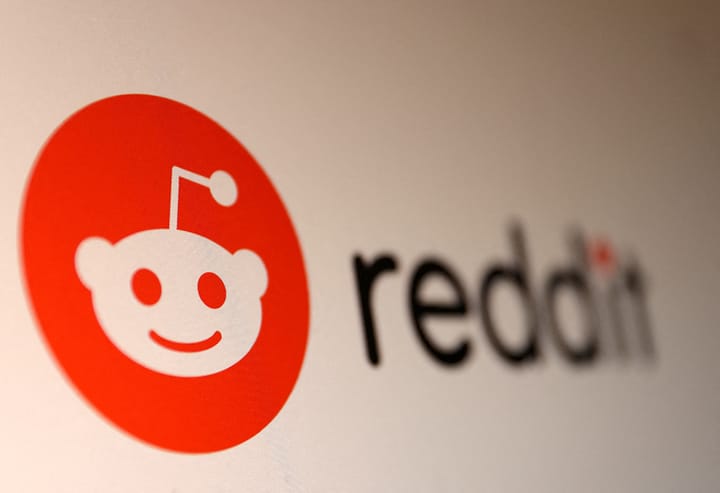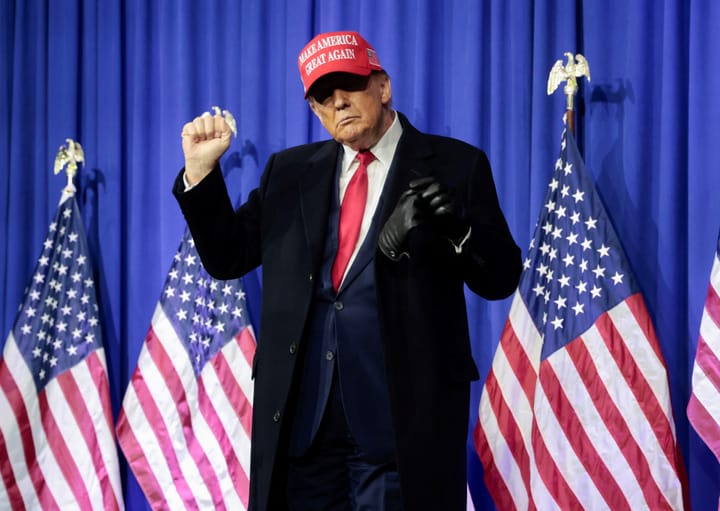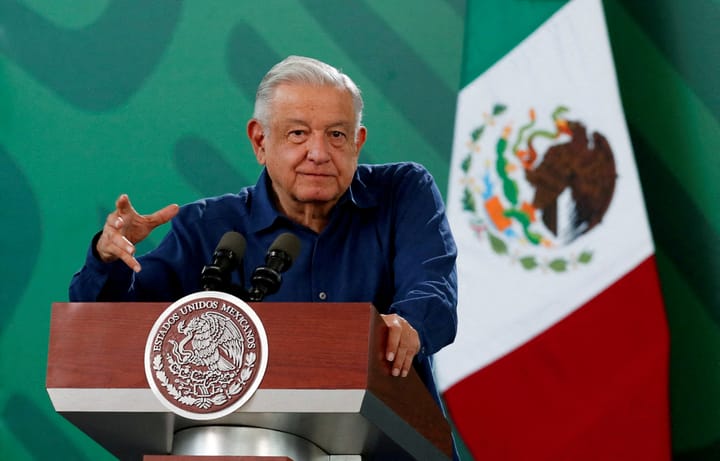Are QAnon and the #SaveTheChildren campaign dangerous forms of slacktivism?

A few minutes every morning is all you need.
Stay up to date on the world's Headlines and Human Stories. It's fun, it's factual, it's fluff-free.
Across social media platforms in recent weeks, the #SaveTheChildren hashtag has been spreading, sometimes linked to snippets from a controversial documentary known as “Out of Shadows.” While that documentary does not mention the QAnon conspiracy movement, it asserts similar claims about a powerful cabal of Satan-worshipping celebrities and a secret child sex trafficking network.
The #SaveTheChildren movement is a sincere attempt to bring attention to a horrific situation that affects more than a million children each year. Like other social media movements, though, this activism – often dismissed as “slacktivism” – tends to achieve few results. Worse yet, some activists fear these types of online movements do more harm than good.
The confusion of #SaveTheChildren
The original goal of Save the Children, a global organization founded after World War I, was helping children who were adversely affected by war. As the organization has grown over the last century, its focus has expanded to include ending the physical and sexual abuse and exploitation of vulnerable children.
While the #SaveTheChildren hashtag may have been inspired by that organization, that connection has largely been obscured in recent months as it has spread online.
The hashtag is frequently used to promote anti-trafficking campaigns, though not necessarily Save the Children. Former National Football League (NFL) player Tim Tebow recently used the hashtag in a Facebook post to promote his own foundation’s anti-human trafficking efforts. He included #EndHumanTrafficking in the post.
#SaveTheChildren brings up over a million posts on Facebook. Likewise, on Twitter, the hashtag brings up countless tweets, not all of them specifically about sex trafficking. Sometimes the hashtag is used in a broader sense to discuss a range of issues purported to be hurting children, from “toxic vaccines” to “propaganda.”
When the focus of the tweets is child sex trafficking, though, the messaging tends to be oddly political. People using the hashtag frequently attack members of the Democratic Party and praise President Donald Trump. The link is immediately clear to anyone who has followed the rise of QAnon.
QAnon hijacks #SaveTheChildren
It would be impossible to dismantle every belief birthed out of QAnon, which is a resilient, omnivorous belief system that some have labeled a cult. The group’s core belief, though, is that a powerful cabal of celebrities and world leaders are Satan-worshippers who rape and eat children. This cabal is protected by the Deep State, QAnon claims, and Trump is actively working to expose and destroy them.
Last week, The New York Times reported that QAnon adherents had “hijacked” the #SaveTheChildren hashtag. This was intentional, the report found, as the movement sought to use a genuine problem to give itself an air of legitimacy.
“Part of the strategy’s perverse brilliance is that child sex trafficking is a real, horrible thing, and some politically connected people, including the financier Jeffrey Epstein, have been credibly accused of exploiting underage girls. And speaking out against child exploitation, no matter your politics, is far from an objectionable stance.”
The end result is a blurring of the lines “between legitimate anti-trafficking activism and partisan conspiracy mongering.”
“Out of Shadows” blurs the lines even more
Recently, a documentary entitled “Out of Shadows” has been spreading across YouTube and other social media platforms. On the surface, the movie appears conspiratorial but not particularly noteworthy. Its description on IMDB says it is “An exposé on how Hollywood and the mainstream media manipulate the multitudes by spreading propaganda throughout their content.”
That description only scratches the surface. An analysis by The Daily Beast lays out why the film has become so popular among QAnon followers, even though the film’s creator, former Hollywood stuntman Mike Smith, never mentions that movement.
“Out of Shadows” makes the same sort of claims made by QAnon – that Hollywood elites and government officials are working together to manipulate the American people, all at the service of Satan. The final quarter of the movie focuses on the Pizzagate conspiracy theory, the precursor to QAnon.
Pizzagate alleged powerful Democrats, including former Secretary of State Hillary Clinton, were trafficking children through a pizza restaurant in Washington, DC. The theory claimed these people used food-based code words to facilitate trafficking.
Like QAnon, there is no concrete evidence for Pizzagate. Instead, it is based on a mix of far-fetched assumptions and the creation of links where no obvious connections exist.
The slacktivism of #SaveTheChildren
Besides spreading potentially dangerous misinformation – in 2016, a Pizzagate-adherent named Edgar Welch fired an AR-15 inside the Washington-based Comet Ping Pong pizzeria at the center of the conspiracy – experts warn these types of online campaigns undermine the good work of activists.
The Times’ report quoted activists within anti-human trafficking campaigns who said the increased attention the hashtag brings to the cause is overshadowed by the false reports and partisan exploitation of the work.
The Polaris Project, which has worked to end human trafficking since 2002, had to put out a statement in late July to request people stop calling with unsubstantiated claims. They were receiving calls related to a baseless theory that Wayfair, an online furniture company, was trafficking children.
“The extreme volume of these contacts,” the statement says, “has made it more difficult for the Trafficking Hotline to provide support and attention to others who are in need of help.”
#Kony2012 and raising awareness
Even when online slacktivism isn’t actively causing harm to a cause, there are few examples of it doing much good. Likely the most infamous example of slacktivism occurred eight years ago in the form of #Kony2012.
That campaign, which was launched with a 30-minute viral video, sought to spread awareness of Ugandan warlord Joseph Kony and his child soldiers. The campaign, aimed at ending the practice of using child soldiers, spread rapidly across social media.
As well-meaning as the people involved might have been, the cause of the video and online campaign was ill-conceived. For one, Kony had been forced out of Uganda in 2006. Also, the viral video suggested that Kony had a massive army of thousands. While it was true Kony had kidnapped thousands of children during his reign of terror, by 2012, his forces numbered in the hundreds.
Furthermore, there were also questions raised about the legitimacy of Invisible Children, the charity that created the viral video and was raising money to address the problem.
Invisible Children insisted it was merely attempting to raise awareness about an issue that was still a problem in parts of Africa, even if Uganda specifically wasn’t at risk.
Is raising awareness useful?
In 2010, Psychology Today said online activism was effective in two ways. It made it easier to raise awareness about important causes and it also made individuals feel more involved and connected to the world.
“[Social media activism] allows us to feel a level of involvement in events we might not otherwise feel (or possibly have even heard of.)”
Yet, there is still the question of whether awareness raising does much more than make the individual feel good about themselves.
In 2010, there was a Facebook campaign asking people to change their profile picture to a cartoon character to bring awareness to child abuse. The campaign went viral, but since no direct action was called for in the campaign, it had little practical effect.
Incidences of child abuse in the United States remained steady throughout most of the 2010s.
Black Lives Matter and the Arab Spring
Not all online activism is ineffective. The Black Lives Matter movement started as a hashtag in 2013 after the man who shot Trayvon Martin was acquitted. Seven years later, the movement has exploded across the country – sometimes literally – in mass protests and marches. The movement advocates for the end of police brutality and justice for victims of police violence.
For the three women who launched the movement – and the numerous activists who have joined it since – Twitter, especially, has been a beneficial tool.
As Wired explained in 2015, “If you want to mobilize a ton of people you might not know and you do want the whole world to talk about it: Twitter.”
However, one of the leaders of the movement, DeRay McKesson, challenges the idea that social media is what gave the movement strength. In an interview with The Atlantic in 2016, McKesson said seeing “broken bodies” and the visceral evidence of police brutality is what moved people. “A hashtag didn’t call us into the street.”
In 2011, the Arab Spring became perhaps the first major social movement ignited by social media to have a substantial, visible impact in the world. The Arab Spring was a protest movement consisting of citizens throughout the Middle East who wanted democracy and were united by social media. Among the Arab Spring’s biggest achievements was ending the dictatorship of Egyptian President Hosni Mubarak.
Yet, nearly a decade on, the consensus is that the Arab Spring failed. It did not bring widespread democracy to the region. Overthrown dictators were merely replaced by different authoritarian leaders.
Like so many social media movements before it, the Arab Spring briefly trended, then faded from the world’s attention. And when the dust had settled, little had fundamentally changed.
Have a tip or story? Get in touch with our reporters at tips@themilsource.com




Comments ()